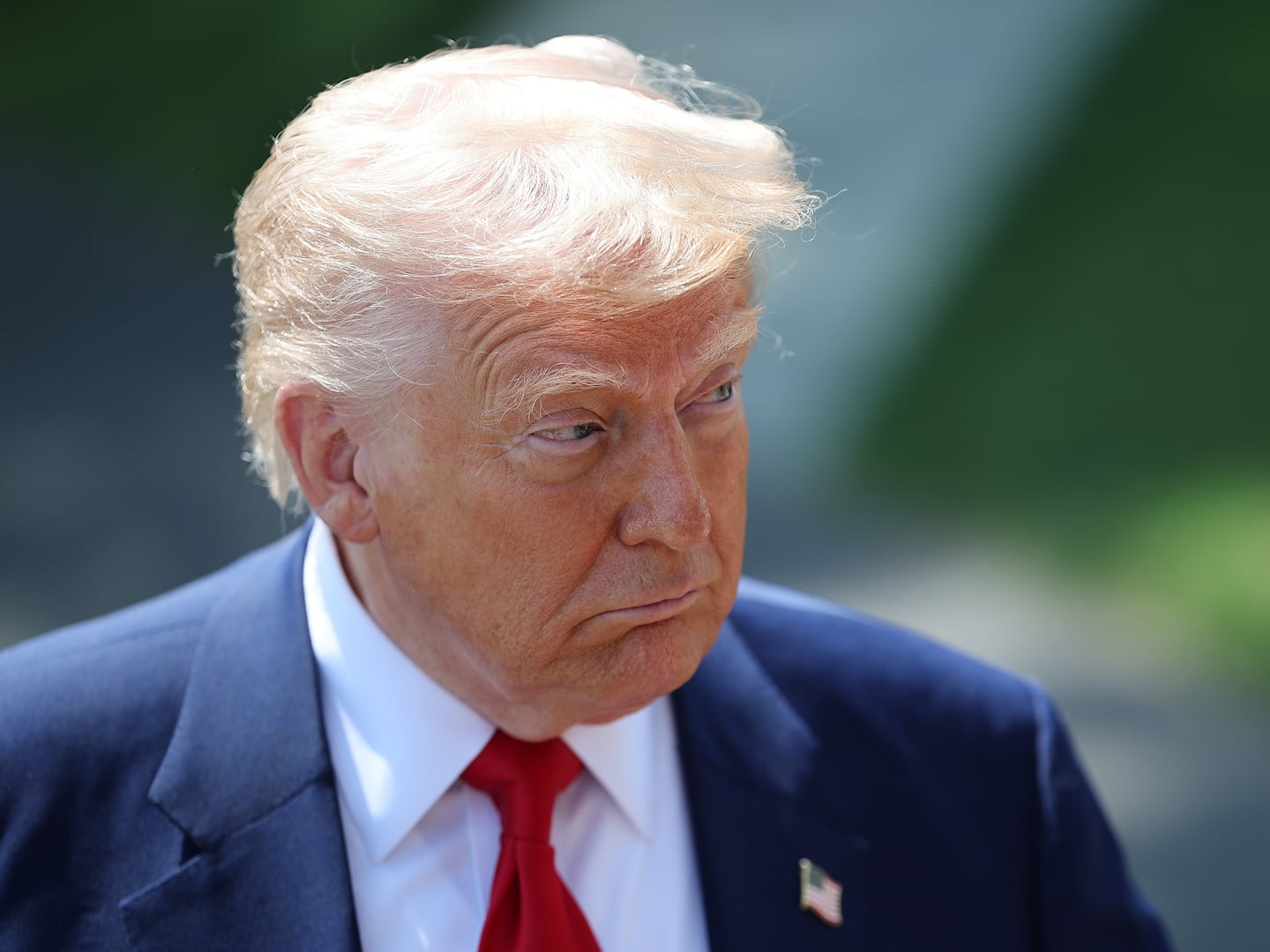For the second time in two weeks, a U.S. Air Force fighter jet has shot down an Iranian-made, armed drone flying in close proximity to American and coalition forces in Syria.
The F-15E fighter shot down the Shahed-129 drone—a model similar to the U.S. military’s own Predator—as it flew toward coalition forces at an outpost near At Tanf in southern Syria at 12:30 AM, local time, on June 20.
“The Shaheed-129 was displaying hostile intent,” Capt. Jeff Davis, a Pentagon spokesperson, said of the propeller-driven drone that U.S. forces shot down on June 20. “It had dirty wings, meaning it was loaded with ordnance,” Davis said.
Davis said while the drone is manufactured by Iran, he didn’t know who was operating it—Iran, the regime of Syrian president Bashar Al Assad or some allied group. “We know they provide them to the regime, and other groups like Lebanese Hezbollah,” Davis said.
On June 8, an F-15 had shot down another Shahed-129 after the drone had attacked coalition advisors also in the vicinity of At Tanf.
The Shahed-129, which first flew in 2012, appeared in Syria as early as 2014. The Iran-backed, pro-regime militia group Asa’ib Ahl Al Haq said it used a Shahed-129 to strike Islamic State fighters -- although experts expressed doubt about the group’s claim.
Regardless of exactly who operates the drones, Davis said their purpose is pretty clear -- to attack pro-U.S. fighters around At Tanf. “This is an area where we are operating with partner forces, training them to fight ISIS,” Davis said.
There’s an informal, 55-kilometer wide zone around the training area where the Americans have warned the Russians they might have to take defensive action if hostile forces enter. “We’re acting only in self-defense, or collective self-defense,” Davis said.
“The actions we’ve taken have not been based on them coming into that zone. They’ve been based upon … their hostile intent. The fact that they’re shooting, firing, moving in armored column in hostility toward our partnered forces. That’s what brings … the defensive action.”
Todd Humphreys, a professor and drone expert at the University of Texas at Austin, told The Daily Beast that the Iranian-made Shahed-129 Unmanned Aerial Vehicles are no match for American warplanes. “The Iranians would be foolish to send in more sitting-duck UAVs into conflict zones patrolled by the U.S., since they cost more to build than to shoot down.”
Pro-regime forces’ manned planes have proved equally vulnerable. On June 18, a U.S. Navy F/A-18 fighter jet shot down a Syrian air force Su-22 attack plane that had just bombed fighters from the U.S.-allied Syrian Democratic Forces near Al Tabqah, outside ISIS’ unofficial capital city, Ar Raqqa.
It was the first time since 1999 that an American warplane had shot down an enemy plane in air-to-air combat. Aerial shoot-downs of drones were equally rare prior to this year. Before June, the last time a U.S. plane had destroyed a drone was in 2009, when a U.S. Air Force Reaper -- a larger version of the Predator -- went haywire over Afghanistan and an F-15 crew had to shoot it down.
Russia, whose forces support the Syrian regime in its war against ISIS and insurgents, objected to the June 18 downing of the Su-22. “The destruction of the aircraft of the Syrian air force by the American aviation in the air space of Syria is a cynical violation of the sovereignty” and an “an act of military aggression against the Syrian Arab Republic,” the Kremlin stated.
The Russian defense ministry said it cut the phone line it uses to “deconflict” Syrian military operations with the U.S.-led coalition following the shoot-down. Davis said the deconfliction hotline remained intact -- and American military operations in Syria would continue. “We have not curtailed or not conducted a strike that we’ve needed to strike operationally.”
U.S. officials are factoring the elevated threat from Russian forces into their planning. “We're taking prudent measures to adjust some of our aircraft operations,” Davis said, specifying that that could include changing flight routes and altitudes and the exact mix of planes the Pentagon deploys -- “all to mitigate risk or any misunderstanding.”
But misunderstandings might be hard to avoid. “In terms of his domestic political imperatives, [Russian president Vladimir] Putin can’t afford to be seeming to back down from supporting Assad after the downing of the Syrian plane by a U.S. jet-fighter,” said Leon Aron, a Russia expert with the American Enterprise Institute. “So the provocations will continue.”
Even as it shoots down pro-regime planes and drones and alienates the Russians, the U.S.-led coalition in Syria has insisted that its main focus is fighting ISIS -- a goal that Russia and the Syrian regime share.
“The coalition does not seek to fight Syrian regime, Russian, or pro-regime forces partnered with them, but will not hesitate to defend coalition or partner forces from any threat,” the American-led alliance stated.
“The coalition calls on all parties to focus their efforts on the defeat of ISIS, which is our common enemy and the greatest threat to regional and worldwide peace and security.”







